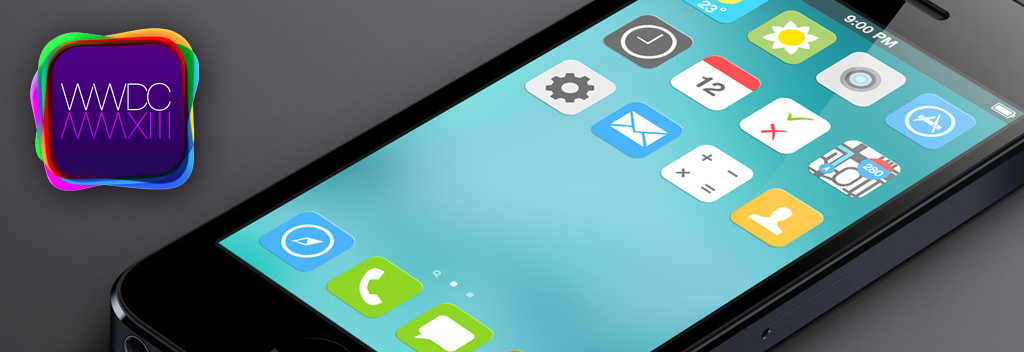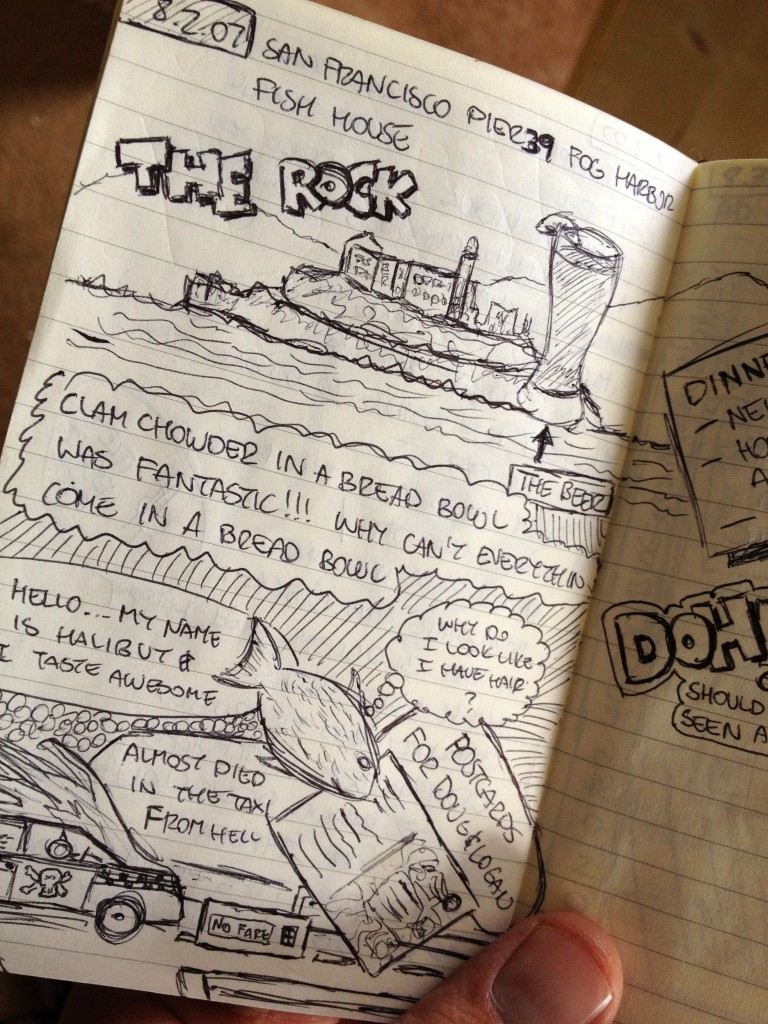
Next week, thousands of developers will step away from the computer and converge on the mecca for Apple developers everywhere: Apple’s Worldwide Developers Conference at the Moscone Center in San Francisco. While everyone is whipping out their crystal balls, trying to forecast what Apple will reveal at the conference, let’s begin by looking back at WWDC’s history. The first conference was held in 1983, though it wasn’t anything like it is today–it was a small gathering held in Monterey, Calif.
Highlights from the History of WWDC:
-
1997: Steve Jobs, in his keynote, explains his vision for cloud computing (14 years before iCloud would be launched)
-
2003: The Power Mac G5 is announced, and Jobs gives attendees an advanced screening of “Finding Nemo.”
-
2005: Apple announces it will start using Intel microprocessors in its Macs.
-
2006: The very first Mac Pro is unveiled, boasting two dual core Intel Xeon processors, 1 GB of ram, and a 250 GB hard drive.
-
2007: Jobs makes the official announcement of the release date of the first iPhone.
-
2008: The App Store is introduced.
-
2011: At his last WWDC, Jobs unveils Mac OS X Lion, iOS5, and iCloud.
WWDC 2013 tickets came with a $1,599 price tag and sold out in less than two minutes. I wish I would have moved faster as bought a ticket this year. The geekosphere has been abuzz with rumors of what to expect at this year’s WWDC. The main takeaway is this conference, not surprisingly, will be heavy on the software, light on the hardware–this is a conference for developers, after all. Don’t expect a new iPhone or iPad–Apple hasn’t even unveiled a new iPhone at a WWDC since 2010, and it’s unlikely to change this year.
What to expect at WWDC 2013, in order of most likely to least likely:
-
iOS 7: A report by 9to5Mac says we should anticipate a UI refresh, more gestures, more sharing tools, and more Yahoo’s content and services.
-
OS X updates: Also from the 9to5Mac report, there might be updates to OS X that include Siri and Apple Maps integration, improved full screen apps, and new multitasking features.
-
MacBook updates: There’s talk of new Macs being unveiled, potentially an updated Retina MacBook Pro with Intel’s latest processor called “Haswell”
-
iRadio: Just in time for WWDC, Apple has finally reached a deal with all three music record labels for its free Internet radio service. This makes it likely that Apple will unveil the service at the conference.
Wildcard
-
iWatch? Apple CEO Tim Cook hinted at a game-changing wearable device at a conference last month, leading to rumors about a much-anticipated “iWatch.” Though it’s unlikely to be unveiled at this WWDC, some think Apple may at least make an official announcement about it.
In the days leading up to this huge technology conference, everyone likes to think they’ve got the inside scoop on the notoriously secretive Apple. There’s been so much steadfast opinion on exactly what to expect, developers may actually be hoping for a surprise.
Some notable stats about Apple:
-
275,000 registered iOS developers in the U.S.
-
Nearly 6000 iOS developer jobs available now on job search aggregator Indeed.com
-
$9 billion paid to Apple developers from App Store sales
-
More than 50 billion apps downloaded from the App Store
Disclosure : I own Apple stock.


